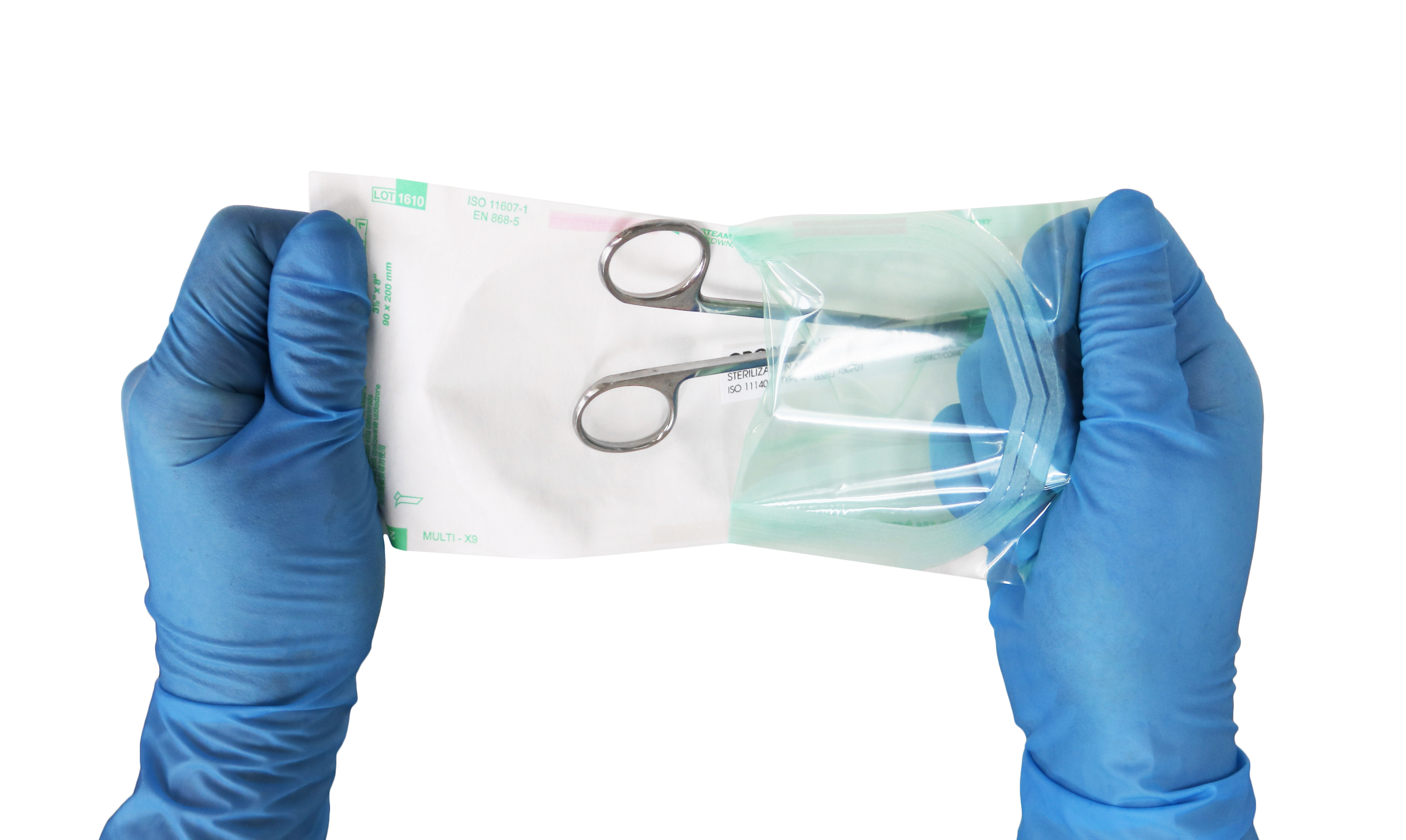BRUSHING MAKES THE WORLD GO ROUND – ISSUE NO. 139
January 1, 2012
Brushing Makes the World Go Round :
While brushing my teeth this morning, I randomly thought about all of the other brushes that exist in the world. Not only for your teeth, but for hair, shoes and other personal grooming. Then I started thinking about the Central Supply Department and how we use so many different brushes just within this industry.
In the CSSD, brushes are used for many different cleaning purposes. They are large, small, thick and skinny. Brushes come in a variety of sizes in order to clean all kinds of equipment.
No matter what style of brush, the same critical dimensions should be evaluated: bristle trim length (which may be referred to as "diameter" with tube brushes), brush part length, brush part width (for block-style brushes) and finally the overall length of the brush tool.
Block-style brushes (including tooth brush style) are popular and probably the most common brush used. They can be made from a variety of material, but typically nylon and stainless steel bristles are used in the CSSD. They come as small as 2.5 inches in length and reach up 10 inches by most manufacturers. They are very effective for cleaning the serration area of surgical instruments in preparation for further reprocessing.
The next style is called "tube" brush and they come in different sizes from ultra small to large. These brushes are typically made of nylon bristles embedded in twisted stainless steel wire and are a ideal for cleaning lumens. Tube brushes come in many diameters and lengths to accommodate the great diversity of instruments. It is critical to use the right size brush for the right size instrument to achieve effective cleaning. In order to keep your Central Supply room organized, the tube brushes should be kept on a wall-mounted storage rack, possibly accompanied with a soaking tray. The soak tray allows the hanging brushes to be submerged in cleaning solution and/or disinfection solution.
One of the most innovative brushes created is the endoscope brush. They are made to be long enough, small enough and pliable enough to clean flexible endoscopes. They reach up to about 250 centimeters in length and have a diameter range from 0.8 to 5.0 millimeters. Disposable styles are becoming more popular especially for GI scopes.
Another very popular type is the disposable "pipe cleaner" style brush. In fact, some come with nylon bristles intertwined with synthetic fleece to give added friction when cleaning. The pipe-cleaner type are a one-time use brush that is used for cleaning small bore cannulated/lumen items. Some companies offer two styles: precut to a specific length; or on a roll, allowing the customer to dispense exactly what is needed: the right length of brush for the instrument to be cleaned. Various sizes of the pipe cleaner brushes are available so you can correctly match up the size to the cannulated/lumen item for optimal cleaning.
One needs to remember that brushes are generally kept and used in the decontamination area. One exception to this rule is when a white fleece stem brush is used on the clean side to check a lumen/cannulated item by pushing it completely through the opening and examining the brush for any residue. If some is found, the item should be recleaned.
Brushes continue to evolve in the healthcare industry as new instruments are invented and CSSD strives to find the best methods in order to clean them. Remember the correct brush (size & fit) is a great tool in making sure the item is properly reprocessed.
HAVE A QUESTION?
WE ARE HERE TO HELP
Have a question about our products? Contact us today to speak directly to a Healthmark team member or shop our catalog now to request a inquiry


